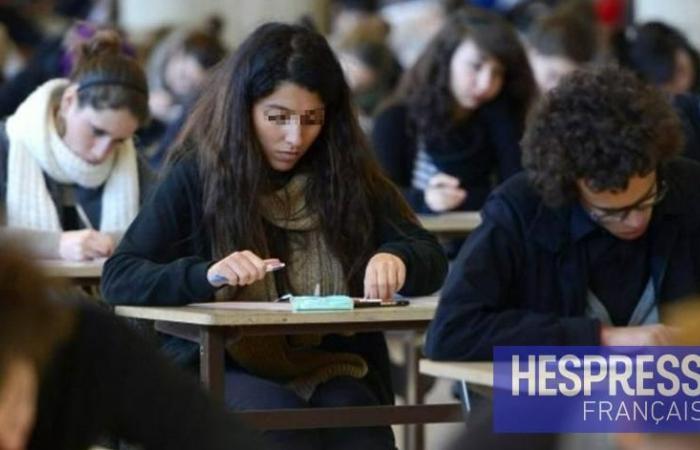With a score of 64.69 out of 100, Morocco is 64th in the Global education Report 2025. A revealing classification of the strengths and weaknesses of the education system, in a context of international competition to attract foreign students.
The Global Education Report 2025, published by the organization of global services for citizens, has allocated in Morocco 64th place out of 71 countries analyzed, with an overall score of 64.69 out of 100. Far from the first positions dominated by the United States, the United Kingdom, Australia and Germany-whose scores exceed 77 points-, the kingdom is struggling to impose itself the international scale.
According to the report, the Moroccan classification in several intermediate indices reflects a contrasting situation. The kingdom is in 64th position in the index of the best education systems, in 59th for the quality of life, in 53rd for higher education costs, in 43rd for career prospects, and in 56th for innovation and the business environment. These results reflect a certain stability of educational infrastructure, but also persistent shortcomings in professional outlets and the attractiveness of the system.
The report describes the quality of life in Morocco as “moderate”, and recognizes the affordable character of tuition fees as well as the cost of living. However, the job opportunities offered to graduates are deemed limited, compared to other countries evaluated. This imbalance between accessible cost and low prospects for professional integration is a major obstacle to the overall attractiveness of the country to international students.
On a regional scale, Morocco narrowly is ahead of Tunisia, classified 65th with a score of 64.59, followed by Ghana and Uzbekistan. Egypt, for its part, shares the 70th position with Ukraine, while Lebanon closes the march. These countries located in the lower part of the classification face common challenges: pressure education systems, difficulties in access to employment and often unstable living environment.
The Global Education Report is based in particular on OECD data dating from 2023, which indicate that the number of international students around the world has crossed the 6 million mark and could exceed 10 million by 2030. The report identifies several major centers of attraction, including European countries such as France, Germany and the Netherlands, where the number of foreign students varies between 80,000 and more than 300,000 by country. In Asia, China and Singapore are doing well thanks to a proactive teaching policy in English, while South Korea and Russia see their attractiveness gradually grow.
In the Mena region, the Gulf countries – the United Arab Emirates, Saudi Arabia and Qatar – are distinguished by important investments in higher education, often in partnership with renowned foreign universities. However, post-studies visa restrictions limit their ability to retain international students after obtaining the diploma.
Regarding North Africa, the report makes several recommendations. For Morocco, this is particularly a question of strengthening university exchange programs with Europe and simplifying mutual recognition procedures from diplomas. The aim is to improve the visibility of Moroccan establishments in the international academic space and to promote better integration into global research networks.








